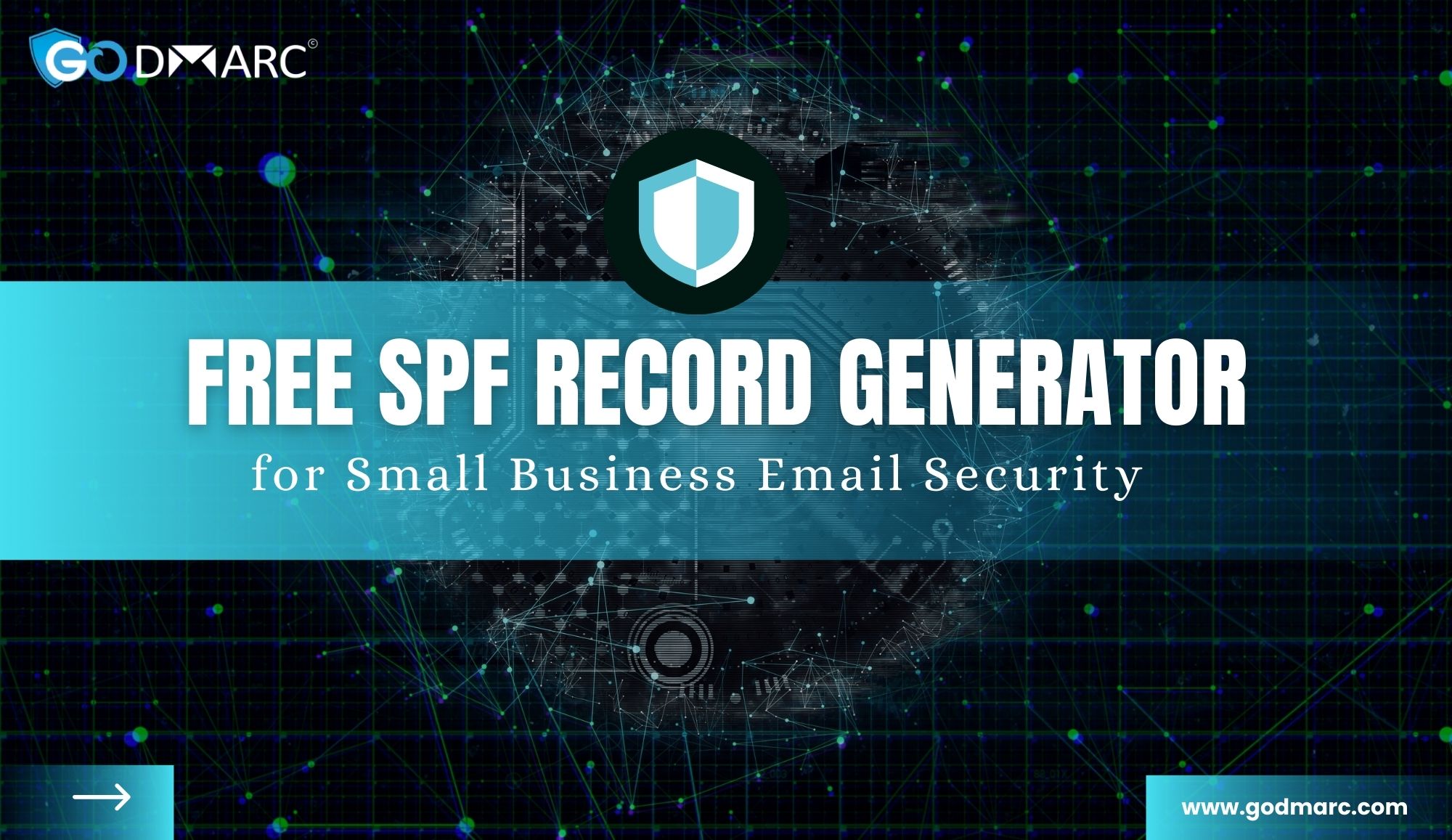Email Security Made Easy for Small Businesses
Email is at the heart of most business communication today. Whether you’re sending invoices, talking to customers, or sharing updates, email is your go-to tool.
But there’s a problem.
Cybercriminals often misuse email. They use tricks like spoofing, phishing, and spam to fool people. This can hurt your business, especially if you’re a small company with limited resources.
That’s where SPF records come in.
What Is an SPF Record?
An SPF (Sender Policy Framework) record is a type of DNS record. It tells email providers which servers are allowed to send emails using your domain name.
Think of it as a safety check.
If someone tries to send fake emails from your domain, the SPF record helps block them. This keeps your emails safe and out of spam folders. It also protects your brand’s reputation.
Why SPF Records Matter for Small Businesses
1. Stop Fake Emails
SPF prevents others from sending emails that look like they’re from your business.
2. Better Email Delivery
It helps your real emails reach your customers instead of landing in spam.
3. Protect Your Brand
No one wants their business name linked to spam or scams.
4. Build Trust
Customers feel safer when they know your emails are secure.
Common Challenges for Small Businesses
Even though SPF records are important, small businesses may struggle because:
- They’re Too Technical: DNS settings can be hard to understand.
- No Time: Business owners often wear many hats and can’t dig into tech stuff.
- Low Budget: Hiring IT experts or buying tools can be expensive.
How an SPF Generator Can Help
An SPF generator makes the whole process easy. Here’s how it works:
- Enter Your Domain: Type in your business’s domain name.
- Pick Your Email Services: Choose tools you use, like Gmail or Outlook.
- Create the Record: The tool builds the SPF record for you.
- Add It to Your DNS: Copy the record and paste it into your domain’s DNS settings.
That’s it. No tech background needed.
Step-by-Step: Use an SPF Generator
Step 1: Know Your Email Tools
List all the platforms you use to send emails—like your website host, Gmail, or email marketing tools.
Step 2: Find a Free SPF Generator
Search online for a trusted SPF record generator. Many are free and easy to use.
Step 3: Fill In Your Info
Enter your domain name and the IP addresses or servers that send emails on your behalf.
Step 4: Generate the Record
The tool gives you a text string, usually starting with v=spf1.
Step 5: Update Your DNS Settings
Log into your domain provider (like GoDaddy or Namecheap) and add the record as a TXT entry. Save and you’re done.
Best Practices for SPF Records
- Keep It Short: Long records can cause errors.
- Update Regularly: Add or remove services? Update your SPF record.
- Test It: Use online SPF checkers to make sure everything works.
- Use With DMARC & DKIM: Together, they provide stronger email protection.
Why You Should Act Now
Small businesses are easy targets for cyberattacks. But with SPF records, you can:
- Avoid Financial Loss: Stop phishing and fraud before it starts.
- Look Professional: Secure emails show you take your business seriously.
- Stay Safe: Keep your communication trusted and protected.
Get Started with SPF Today
You don’t need to spend a lot of money or time. Our SPF Record Generator is fast, free, and beginner-friendly.
Take control of your email security today. Avoid the risks of spoofing and phishing, and keep your business safe.
Final Thoughts
In a digital world, email security is a must—especially for small businesses. SPF records help protect your emails, improve deliverability, and build trust.
And now, thanks to easy tools, setting them up is simpler than ever.
Secure your emails. Protect your brand. Start today.




